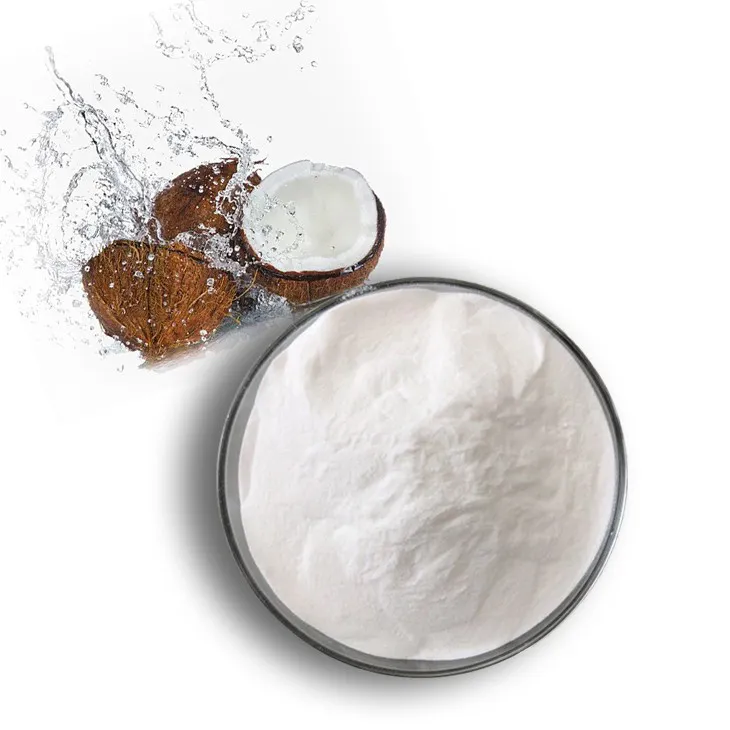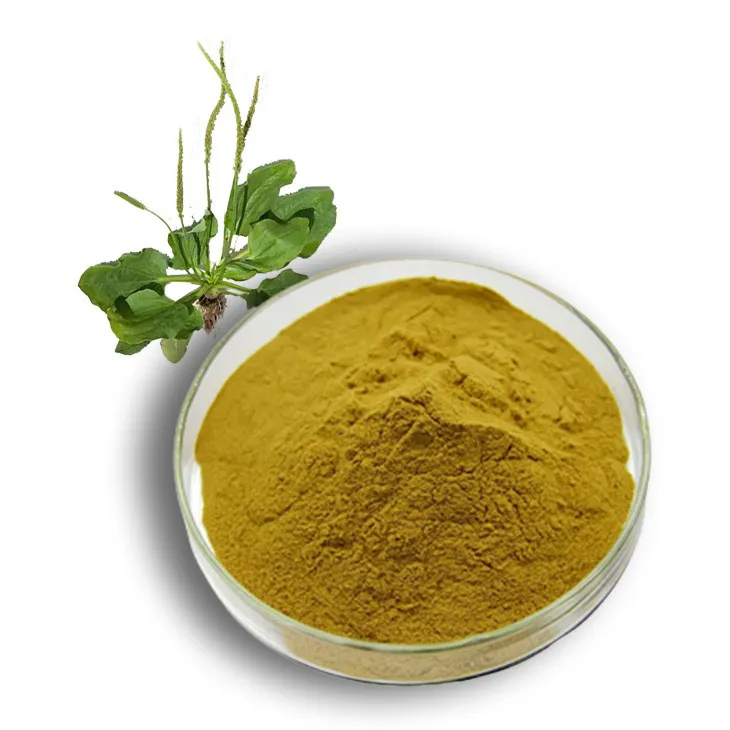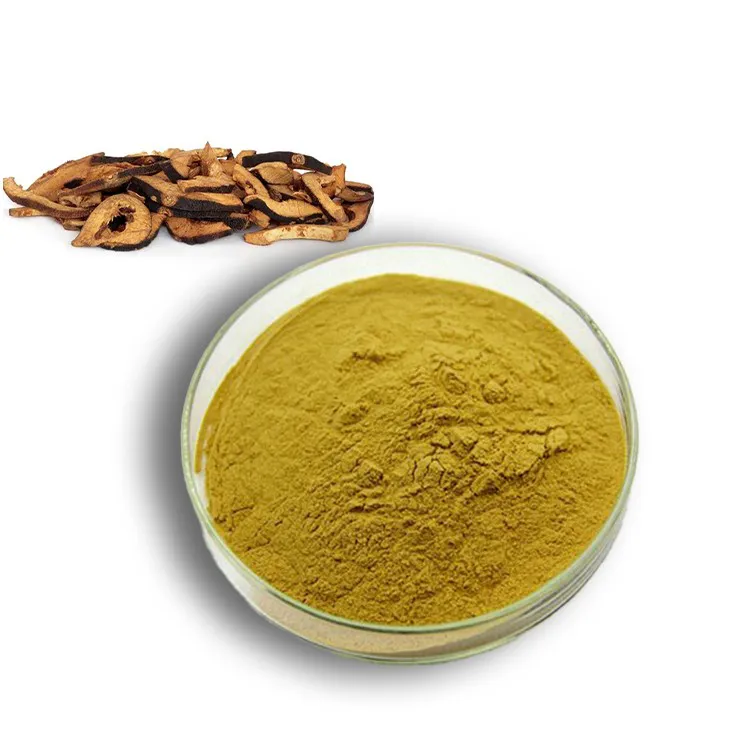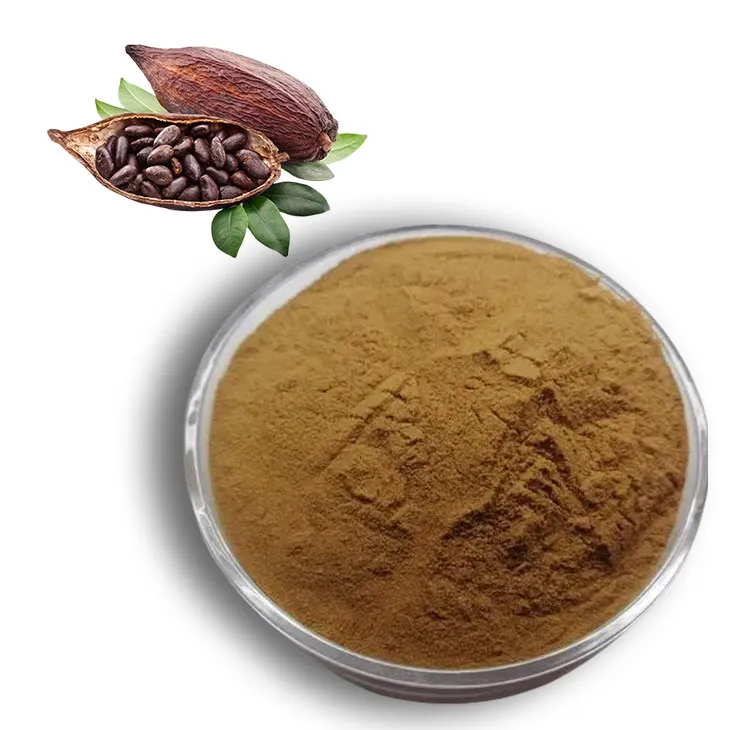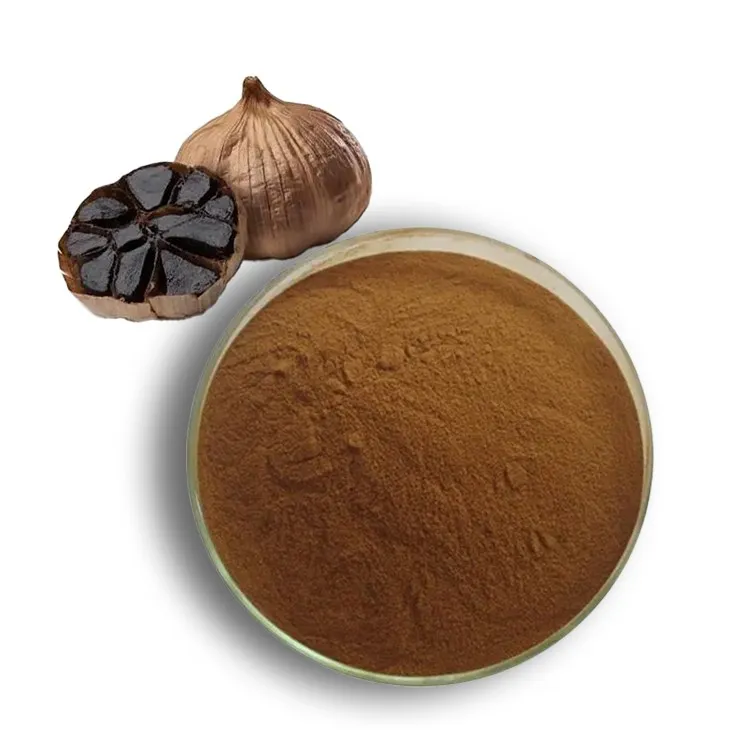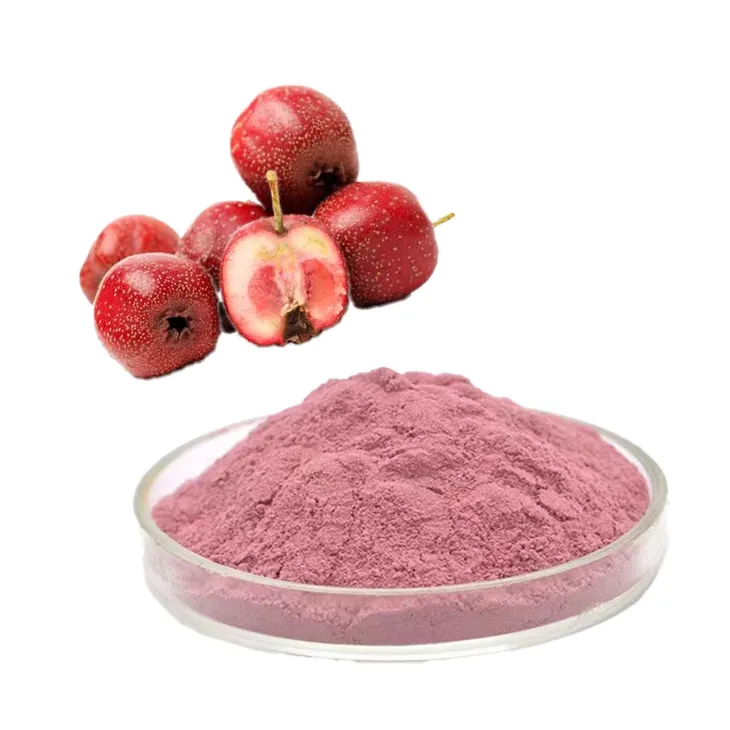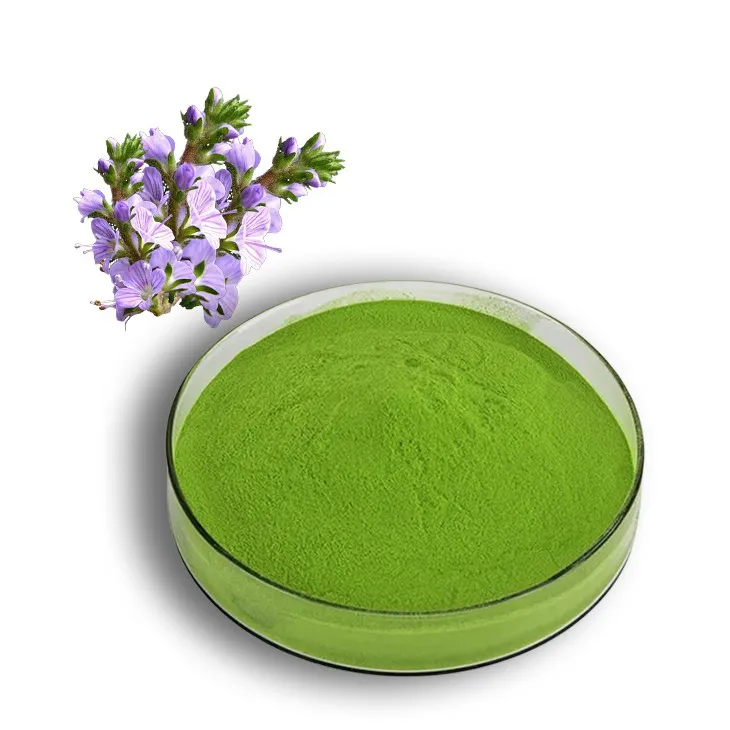- 0086-571-85302990
- sales@greenskybio.com
Navigating D-Mannose: Usage Recommendations and Dosage for Optimal Benefits
2024-07-04
1. Introduction to D - Mannose
D - Mannose is a type of sugar that is naturally present in some fruits, such as cranberries. It has been gaining popularity in recent years due to its potential health benefits, particularly in relation to urinary tract health. D - Mannose works by preventing certain bacteria, most notably Escherichia coli (E. coli), from adhering to the walls of the urinary tract. This can help reduce the risk of urinary tract infections (UTIs) and may also be beneficial in treating existing UTIs.
2. Understanding the Benefits
2.1 Urinary Tract Health
As mentioned earlier, D - Mannose plays a crucial role in maintaining urinary tract health. E. coli is a common cause of UTIs, and these bacteria have fimbriae that allow them to attach to the uroepithelial cells in the urinary tract. D - Mannose has a similar chemical structure to the receptors on these cells that the bacteria target. When D - Mannose is present in the urinary tract, the bacteria preferentially bind to it instead of the cells. This binding is not harmful as D - Mannose is excreted from the body through the urine, taking the bacteria with it.
2.2 Other Potential Benefits
There are also some other potential benefits associated with D - Mannose. Some research suggests that it may have anti - inflammatory properties. Inflammation is a key factor in many chronic diseases, so if D - Mannose can indeed reduce inflammation, it could potentially have broader implications for overall health. Additionally, there is some evidence to suggest that D - Mannose may be beneficial for gut health. It may help to balance the gut microbiota, although more research is needed in this area.
3. Usage Recommendations
3.1 For Preventive Purposes
If you are using D - Mannose to prevent urinary tract infections, it is important to be consistent with your intake. One common recommendation is to take a small dose of D - Mannose daily. This can help to keep the urinary tract environment unfavorable for bacteria to adhere. For example, you could take 500 - 1000mg of D - Mannose each day. It is also advisable to drink plenty of water when taking D - Mannose for prevention. Water helps to flush the urinary tract, further reducing the likelihood of bacteria settling and causing an infection.
3.2 For Treating Urinary Tract Infections
When using D - Mannose to treat an existing UTI, a higher dose may be required initially. Some healthcare providers recommend starting with a dose of 1 - 2 grams every two to three hours for the first day or two. This helps to quickly saturate the urinary tract with D - Mannose, maximizing its ability to bind to the bacteria and eliminate them from the body. As the symptoms start to improve, the dose can be gradually reduced. However, it is important to note that if you suspect you have a UTI, it is always advisable to consult a healthcare professional first. They can confirm the diagnosis and may also recommend other treatments in addition to D - Mannose, such as antibiotics if the infection is severe.
4. Dosage Considerations
4.1 General Dosage Guidelines
The appropriate dosage of D - Mannose can vary depending on several factors, including your age, gender, and the reason for taking it. In general, for healthy adults using D - Mannose for prevention, a daily dose of 500 - 1000mg is often considered sufficient. However, for those with a history of recurrent UTIs or those who are at higher risk (such as pregnant women), a slightly higher dose of up to 1500mg per day may be more appropriate. When using D - Mannose for treatment, as mentioned earlier, higher doses are typically required initially.
4.2 Adjusting the Dosage
If you experience any side effects while taking D - Mannose, it may be necessary to adjust the dosage. Some people may experience mild gastrointestinal symptoms such as bloating or diarrhea. If this occurs, reducing the dose may help to alleviate these symptoms. On the other hand, if you do not notice any improvement in your urinary tract health or if your UTI symptoms do not seem to be getting better, it may be necessary to increase the dose slightly, but always under the guidance of a healthcare provider.
5. Precautions and Side Effects
5.1 Precautions
Although D - Mannose is generally considered safe for most people, there are some precautions to keep in mind. If you have diabetes, it is important to monitor your blood sugar levels closely when taking D - Mannose, as it is a type of sugar. While it is not likely to cause a significant increase in blood sugar levels in normal doses, it is still a good practice to be cautious. Pregnant and breastfeeding women should also consult their healthcare providers before taking D - Mannose, although there is currently no evidence to suggest that it is harmful during pregnancy or breastfeeding.
5.2 Side Effects
The most common side effects associated with D - Mannose are mild gastrointestinal issues. These can include bloating, gas, and diarrhea. These side effects are usually temporary and can often be resolved by adjusting the dose or taking D - Mannose with food. In rare cases, some people may experience an allergic reaction to D - Mannose. Symptoms of an allergic reaction can include rash, itching, swelling, and difficulty breathing. If you experience any of these symptoms, stop taking D - Mannose immediately and seek medical attention.
6. How to Choose the Right D - Mannose Product
6.1 Purity and Quality
When choosing a D - Mannose product, it is important to consider the purity and quality. Look for products that are labeled as pure D - Mannose with no added fillers or artificial ingredients. High - quality products are more likely to be effective and less likely to cause unwanted side effects. You can also look for products that have been tested by third - party laboratories for purity and quality assurance.
6.2 Brand Reputation
Another factor to consider is the brand reputation. Choose brands that have a good track record of producing high - quality supplements. You can read reviews from other customers to get an idea of the effectiveness and reliability of different brands. Brands that have been in the market for a longer time and have positive feedback from users are generally a safer bet.
7. Combining D - Mannose with Other Treatments
7.1 Antibiotics
If you are taking antibiotics for a UTI, you may wonder if it is safe to take D - Mannose at the same time. In general, it is considered safe to combine D - Mannose with antibiotics. In fact, some studies suggest that D - Mannose may enhance the effectiveness of antibiotics by helping to clear the bacteria more quickly from the urinary tract. However, it is still important to follow your healthcare provider's instructions when taking both medications.
7.2 Other Natural Remedies
D - Mannose can also be combined with other natural remedies for urinary tract health. For example, cranberry extract is often used in conjunction with D - Mannose. Cranberries contain compounds that can also help prevent bacteria from adhering to the urinary tract, so combining the two may provide added benefits. Additionally, drinking plenty of water, as mentioned earlier, is an important part of maintaining urinary tract health and can enhance the effectiveness of D - Mannose.
8. Conclusion
D - Mannose can be a valuable addition to your health regimen, particularly for urinary tract health. By understanding the proper usage recommendations and dosage, as well as taking necessary precautions, you can make the most of this natural substance. Whether you are using it for prevention or treatment of UTIs, or exploring its other potential health benefits, it is important to approach D - Mannose use in a well - informed manner. Always consult your healthcare provider if you have any questions or concerns about using D - Mannose, especially if you have underlying health conditions or are taking other medications.
FAQ:
What is D - Mannose?
D - Mannose is a type of sugar that is related to glucose. It occurs naturally in some fruits, such as cranberries. In the body, it can play a role in preventing certain bacteria from adhering to the urinary tract walls, which is why it is often used for urinary tract health.
How should D - Mannose be taken?
D - Mannose can be taken orally, usually in the form of capsules or powder. It is best to take it with a glass of water. It can be taken on an empty stomach or with food, but some people may find that taking it with food helps to prevent any potential stomach discomfort.
What is the recommended dosage of D - Mannose?
The recommended dosage of D - Mannose can vary depending on the individual and the condition being treated. For general urinary tract health maintenance, a common dosage is about 500 - 1000 mg per day. However, for more acute issues, a higher dosage of up to 2 - 3 grams per day may be recommended, but it's always best to consult a healthcare provider before starting a high - dose regimen.
Are there any side effects of taking D - Mannose?
In general, D - Mannose is well - tolerated. However, some people may experience mild side effects such as stomach upset, bloating, or diarrhea. These side effects are usually mild and go away on their own. If you experience any severe or persistent side effects, you should stop taking it and consult a doctor.
Can D - Mannose be taken long - term?
There is currently no evidence to suggest that long - term use of D - Mannose is harmful. However, as with any supplement, it's a good idea to have periodic check - ins with your healthcare provider to ensure that it is still appropriate for you to continue taking it.
Related literature
- The Role of D - Mannose in Urinary Tract Health"
- "D - Mannose: Dosage, Benefits and Safety Considerations"
- "Navigating the Use of D - Mannose in Clinical Practice"
- ▶ Hesperidin
- ▶ Citrus Bioflavonoids
- ▶ Plant Extract
- ▶ lycopene
- ▶ Diosmin
- ▶ Grape seed extract
- ▶ Sea buckthorn Juice Powder
- ▶ Fruit Juice Powder
- ▶ Hops Extract
- ▶ Artichoke Extract
- ▶ Mushroom extract
- ▶ Astaxanthin
- ▶ Green Tea Extract
- ▶ Curcumin
- ▶ Horse Chestnut Extract
- ▶ Other Product
- ▶ Boswellia Serrata Extract
- ▶ Resveratrol
- ▶ Marigold Extract
- ▶ Grape Leaf Extract
- ▶ New Product
- ▶ Aminolevulinic acid
- ▶ Cranberry Extract
- ▶ Red Yeast Rice
- ▶ Red Wine Extract
-
Lotus leaf extract
2024-07-04
-
Coconut Water Powder
2024-07-04
-
Plantain extract
2024-07-04
-
Citrus Aurantium Extract
2024-07-04
-
Cocoa Extract
2024-07-04
-
Hawthorn Extract
2024-07-04
-
Black Garlic Extract
2024-07-04
-
Hawthorn powder
2024-07-04
-
Calendula Extract
2024-07-04
-
Alfalfa Meal
2024-07-04












